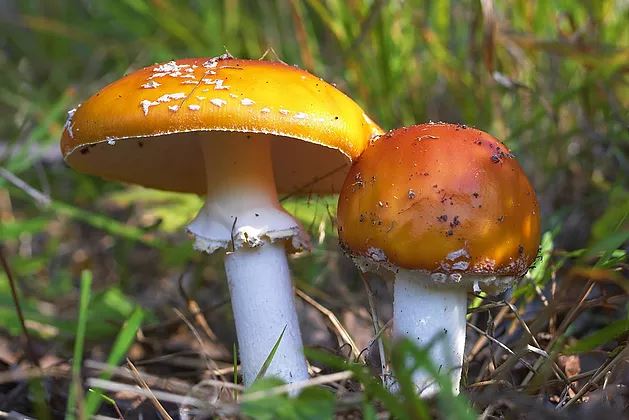By Leonie Schittenhelm

Sweaty hands. Knees buckling. An acute desire to run to the toilet, lock myself in a stall and not come out for the rest of the night. And those weren’t even all the signs of acute nervousness I felt minutes before going onto the stage to perform my first Bright Club set. Let’s pretend you are me, roughly a year ago, which is incidentally the amount of time it took me to take up all my courage and convince myself to actually do this. You might ask yourself questions such as: ‘What is a Bright Club?’ and ‘Why does it freak this poor person out so much?’. Easy enough to answer: Bright Club, often also dubbed the ‘thinking person’s variety night’, is a comedy night about science and everything academia. The clue is in the name, and that’s where my nervousness comes back in: the people on the stage, telling the jokes? That’s academics, who for one night only exchange their pipette for a microphone or their lecture theatre for a comedy club to tell some jokes about their work. And that night, it was my turn.
Let’s rewind a bit. Don’t get me wrong, I enjoy a good laugh just as much as the next person. But to actually get up on a stage and talk about things you thought were funny when you wrote them up at home? That seemed just completely inconceivable to me. I mean, how do you even find things that are funny about your work? Being a PhD student in my first year, the only way I could keep my impostor syndrome in check was by appearing as serious about my area of interest as possible. To make matters worse, in the weeks preceding Bright Club, my science just flat-out refused to work, full-stop. Suffice to say, I was not in a very good place to see the humour in my daily work. So when Elin Roberts and Marilena Pace at the Centre for Life sent us home to ‘just write down some ideas for your set’, I was stumped. Where should I even begin to look? But as I got on with experiments and meetings, my work started to transform in front of my eyes. Surely not everyone has conversations about blood in the lunch room? And am I the only one that kind of treats their cell cultures like pets to be nurtured and loved?
I think there are a lot of good reasons to do Bright Club. The relief you feel when the audience laughs at your first joke. The growing exhilaration after the second laugh, and every laugh thereafter. The boost in confidence after doing something that you never thought yourself capable of. The amazing support from the Centre for Life, which will take you by the hand to write your first comedy set and practice it with you until you are ready to shine. But for me personally, the ability to see the humour in my work has been the best and most long-lasting effect of doing Bright Club. Everyone knows PhDs are hard, but everything gets that much easier if you can have a good laugh about it.
Interested in taking part in the next Bright Club event on the 3rd of October at the Stand Comedy Club in Newcastle? Contact marilena.pace@life.org.uk fore more information and all the important dates for your diary.








